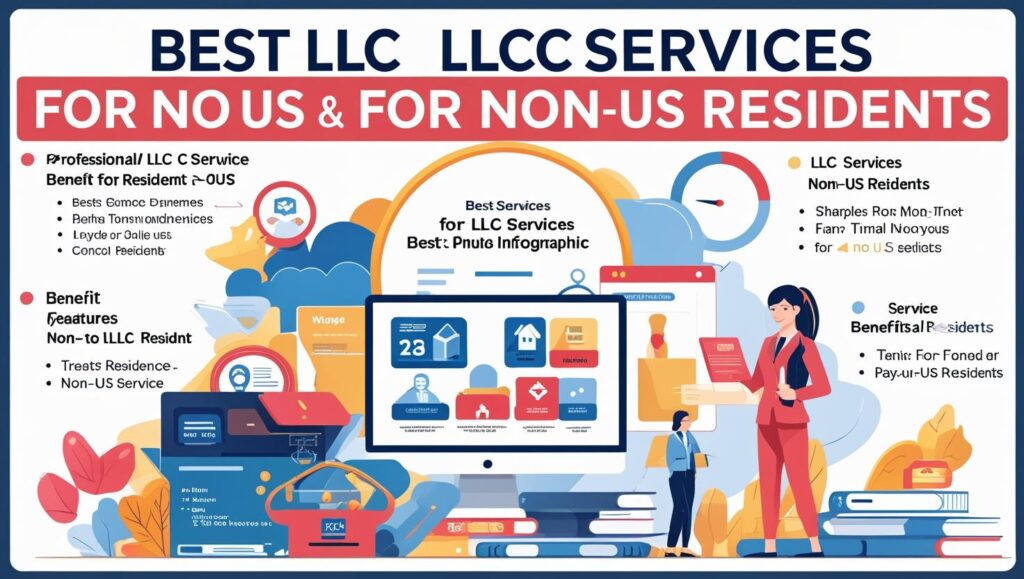How to Open Control Panel in Windows 11 – Full Detailed Guide
Introduction
If you’re a longtime Windows user, you’re probably familiar with the Control Panel—a central place where you can tweak system settings, uninstall programs, manage hardware, and a lot more. With Windows 11, Microsoft has continued its transition towards the newer Settings app, but the Control Panel is still around, hiding just a bit more than it used to. And yes, it’s still powerful and still worth knowing how to access.
Why would you still need the Control Panel in Windows 11? Good question. Despite the rise of the new Settings app, many deep system settings—like administrative tools, classic network options, and some uninstall features—are only available through the Control Panel. In other words, it’s the old-school toolbox for power users, IT folks, and anyone trying to take more control over their computer.
So if you’re wondering how to open Control Panel in Windows 11, this detailed, human-written guide is all you need. We’ll cover every method step-by-step, provide visual cues, shortcuts, and even a few troubleshooting tips if things go sideways. Let’s dive into it!
What is the Control Panel in Windows 11?
Let’s rewind a bit and answer a foundational question: what exactly is the Control Panel, and why does it matter?
The Control Panel is a Windows utility that allows users to view and adjust system settings. Introduced back in the early days of Windows, it was the go-to place for configuring everything from printers to network settings, user accounts, display options, and more. In Windows 10 and now Windows 11, Microsoft began shifting many of these features into a newer Settings interface—sleeker, touch-friendly, and more integrated with modern hardware.
However, not everything has made the jump. Certain advanced options, like managing user profiles, configuring devices manually, or accessing administrative tools, still live exclusively in the Control Panel. So, while Microsoft may be slowly retiring it, the Control Panel remains a vital tool for many users, especially those doing more than just basic computing.
To sum up:
- Control Panel is still available in Windows 11, just not as prominently featured.
- It offers more granular control over system settings compared to the Settings app.
- It’s especially useful for advanced users and administrators who need access to legacy settings.
So whether you’re adjusting the sound scheme, managing partitions, or troubleshooting your printer, knowing how to access the Control Panel gives you more control over your PC.
Method 1: Open Control Panel via Windows Search
One of the simplest and quickest ways to access the Control Panel is by using the Windows Search feature. It’s fast, efficient, and requires no keyboard shortcuts or digging through menus.
Here’s how you do it:
- Click on the Search icon (magnifying glass) on your Windows 11 taskbar.
- Type in “Control Panel”.
- As you type, you should see the Control Panel app appear in the search results.
- Click on it, and voilà—it opens right up.
Alternatively, if you’re a fan of keyboard shortcuts, just hit the Windows key on your keyboard and start typing “Control Panel.” The result will pop up the same way.
Why use this method?
- It’s straightforward and doesn’t require you to remember any complex commands.
- Ideal for beginners or casual users.
- Always works—unless Windows Search itself is broken (rare, but fixable).
Quick Tip:
Once you’ve opened it, you can pin the Control Panel to your taskbar or Start menu by right-clicking the icon in the taskbar and selecting “Pin to taskbar” or “Pin to Start.” That way, it’s always just a click away.
Method 2: Use Run Command to Open Control Panel
If you’re the kind of person who likes keyboard shortcuts and quick executions, this method will probably become your favorite. The Run command is a classic Windows feature that lets you open any app, folder, or file by typing its name. Here’s how you can use it to launch the Control Panel in Windows 11.
Steps to open Control Panel using Run:
- Press Windows + R on your keyboard. This brings up the Run dialog box.
- In the Run field, type:
control - Hit Enter or click OK.
Boom! The Control Panel window should now pop up.
Why use the Run method?
- It’s super fast—especially if you’re already used to using keyboard shortcuts.
- Doesn’t rely on search or navigating through menus.
- Works even if some system icons or shortcuts are missing or broken.
Extra Tip:
You can also use variations of the Run command for direct access to specific Control Panel features. For example:
control printers– opens Devices and Printerscontrol keyboard– opens Keyboard settingscontrol mouse– opens Mouse settings
This can be a real time-saver if you know exactly what you need.
Method 3: Open Control Panel from Start Menu
Another traditional method is using the Start Menu, though Microsoft has hidden the Control Panel a bit more in Windows 11.
Here’s how to find it:
- Click the Start button (Windows icon) in the taskbar.
- Scroll through the list of apps or use the search bar at the top.
- You may not see “Control Panel” listed directly. If not, type it in the search bar.
- Once it appears, you can:
- Click to open it
- Right-click to pin it to Start or Taskbar for future access
Advantages of this method:
- Familiar process for most users.
- Allows quick pinning for future use.
- Integrated into the main UI—good for users who dislike keyboard shortcuts.
Pro Tip:
If you like organising your Start Menu, you can create a folder or group specifically for system tools and include the Control Panel in that collection for quicker access.
Continue Generating?
